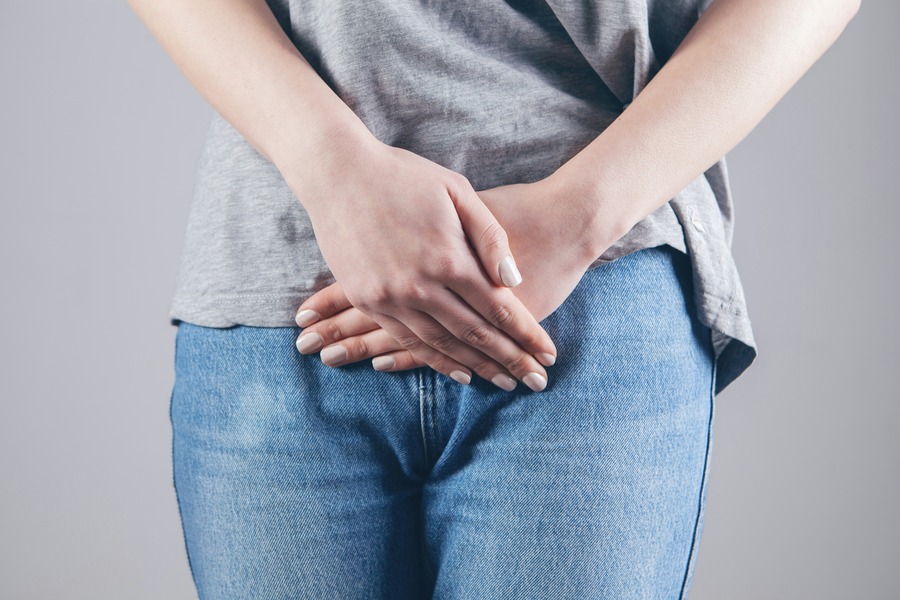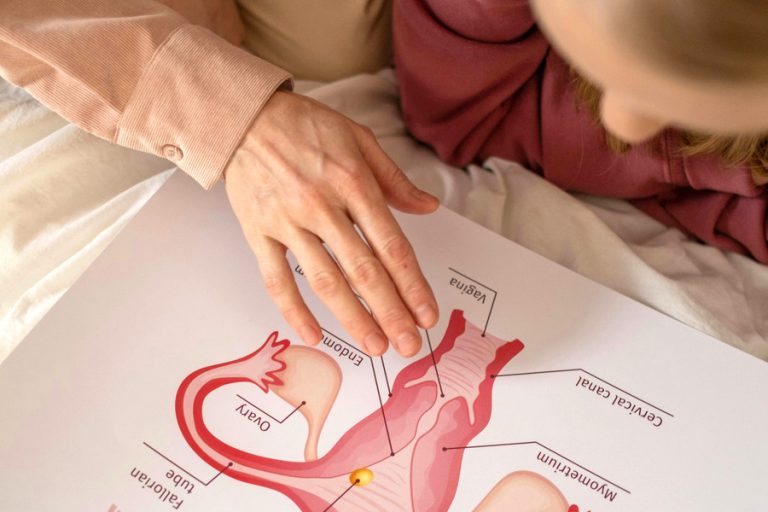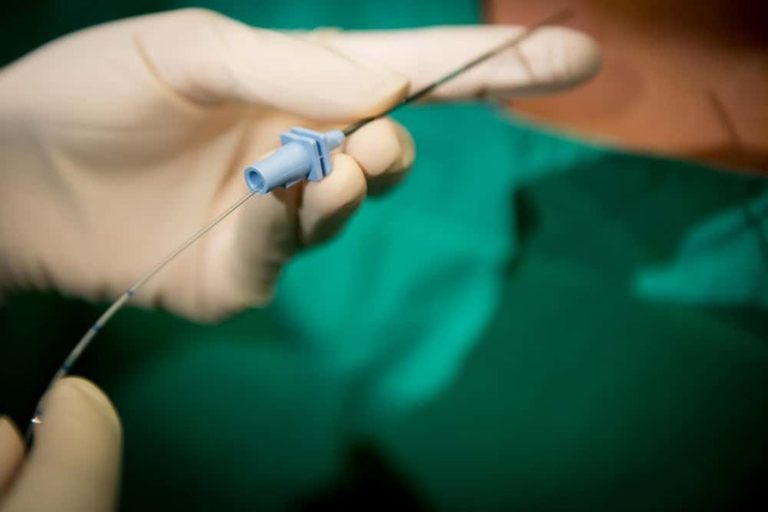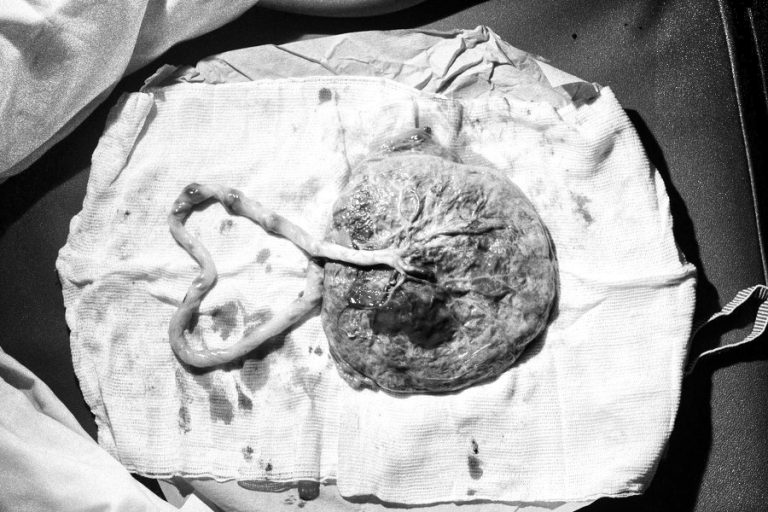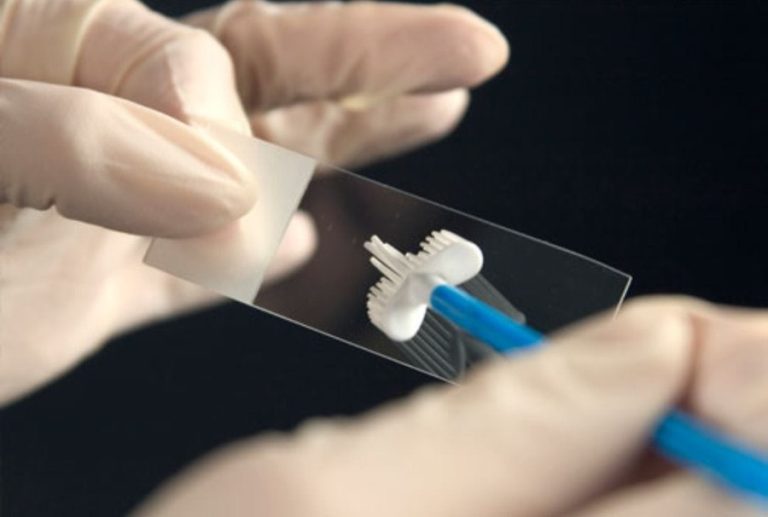Endometriosis: Symptoms, Diagnosis, and Treatment
Endometriosis is a chronic and often painful condition that affects millions of women worldwide. Despite its prevalence, it remains widely misunderstood and underdiagnosed. Raising awareness about this condition can help individuals seek timely medical care and manage their symptoms effectively.
What is Endometriosis?
Endometriosis occurs when tissue similar to the lining of the uterus grows outside the uterine cavity. This misplaced tissue often appears on the ovaries, fallopian tubes, and other pelvic structures. Like the uterine lining, this tissue thickens, breaks down, and bleeds during each menstrual cycle, causing pain and inflammation.
Common Symptoms
The symptoms of endometriosis can vary widely from person to person. Common signs include:
Chronic pelvic pain
Painful periods (dysmenorrhea)
Pain during or after sexual intercourse
Heavy menstrual bleeding or spotting between periods
Infertility or difficulty conceiving
Gastrointestinal issues such as bloating, constipation, or diarrhea
How is Endometriosis Diagnosed?
Diagnosing endometriosis can be challenging, as symptoms often mimic other conditions. Key diagnostic steps include:
Medical History and Symptom Assessment: A doctor may review your symptoms and menstrual history.
Pelvic Exam: During a pelvic exam, the doctor may feel for abnormal growths or scar tissue.
Ultrasound or MRI: Imaging can help detect cysts associated with endometriosis.
Laparoscopy: A minimally invasive surgical procedure that allows direct visualization and biopsy of endometrial tissue, often confirming the diagnosis.
Treatment Options
While there is no known cure for endometriosis, several treatment options can help manage symptoms and improve quality of life:
Pain Management: Over-the-counter pain relievers such as ibuprofen may provide relief.
Hormonal Therapy: Birth control pills, hormonal IUDs, and other hormonal treatments can regulate periods and reduce pain.
Surgery: In more severe cases, surgical removal of endometrial tissue may be necessary.
Lifestyle Changes: A healthy diet, regular exercise, and stress management can improve overall well-being and help manage symptoms.
Seeking Support and Care
Living with endometriosis can be challenging, but seeking medical advice and building a support system can make a significant difference. If you suspect you have endometriosis or are experiencing persistent pelvic pain, consult with your healthcare provider for proper evaluation and care.
Remember: You Are Not Alone
Raising awareness and improving understanding of endometriosis is crucial. By learning more about this condition, we can foster empathy, provide support, and empower individuals to take control of their health.

